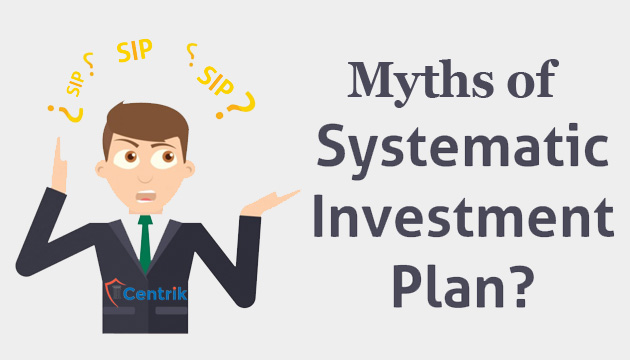
Systematic Investment Plan (SIP) is now a word that has caught on in the investing world. And the idea of investing small sums has appealed to most of you, no doubt. But equally, there are many misconceived notions on what SIP is all about and how it needs to be used. Here are a few myths about SIP that we would like to demolish, so that you may use SIPs more effectively and build wealth optimally.
Myth 1: SIP is only for the short term
It is the most common myth about SIP investing, especially when it comes to SIPs in equity funds. Many of us are willing to commit regular sums for investing in PPF and insurance policies, or for repaying the housing loan. But we are quite cynical about committing a regular sum in a mutual fund SIP, especially in equities. Many of us consider equity investments for short term and debt investments for long term.
Simple debt products generate good returns for you only in favourable or high interest rate cycles. SIP equity returns may be negative due to temporary market corrections. But that is when your SIP is actually doing the job of cost averaging. By interrupting it, you do not allow it to work well for you. Hence, make sure you run your SIP for the long term – across at least one down market cycle and up cycle to take advantage of the market volatility.
Myth 2: SIP is for small investments
SIP means investing small sums. Hence, SIP is for the ‘small investor’ is the notion about SIPs. Even recurring deposits in banks allow you to invest small sums. Does that make it an ‘aam aadmi’ product?
SIP is meant to be a vehicle for disciplined, regular, long-term investment on an auto pilot mode. It is meant to average rupee costs and provide an opportunity for all – those with limited as well as high savings to participate in smart investment options.
Myth 3: My SIP returns on an absolute basis is low
Many investors look at the absolute returns on their SIP investment. They ignore the IRR (Internal Rate of Return) of their investments. Generally, in a short term SIP, the absolute return tends to look lower than the IRR or Compounded Annualised Growth Rate (CAGR) returns.
Why is IRR a better way of looking at your return, especially when you are comparing it across other asset class yields? Because in an SIP, you do not make all your investments at one go. You invest at various points in time. Hence, there is no one point-to-point annualized return. The returns, taking into account the varying times of investment is better captured using IRR.
Myth 4: I can time the market better
Well, perhaps you can. But can you do that every time? Moreover, if many people could do that, then there would not be many market opportunities in the first place. Besides, there are so many extraneous factors that always belie even the top investment gurus.
Hence, if you come to terms that you cannot always time the market, you would simply run a SIP and allow your SIP to time your investments well for you. And that too, even while on an auto-pilot mode! Of course, nothing prevents you from adding to these SIPs with occasional lump sums.
Myth 5: I should not start/continue SIPs at high market levels
Many of you may be hesitant of starting a SIP after markets run up a bit as is the case now. Some of you may even want to stop your SIPs because you do not want your SIPs to be buying units at ‘higher’ NAVs.
If SIPs were all about the need to do away with timing the market, why would you worry again about the timing?
SIPs have nothing to do with ‘when you start?’ It is all about ‘how much time’ you have.
If you have time on your side, you can start your SIP at any market level. After all, by starting your SIP, you are only investing one installment of your long term SIP. You would not know the market behavior during the rest of the tenure of your installments. Markets may trend higher or lower over the course of your SIP.
If you did not make a start and markets moved higher, that simply means you did not take up the chance to invest at lower levels, isn’t it?
Hence, ignore the market levels and stay invested for a longer term to reap the benefits of averaging.




 join For Updates
join For Updates